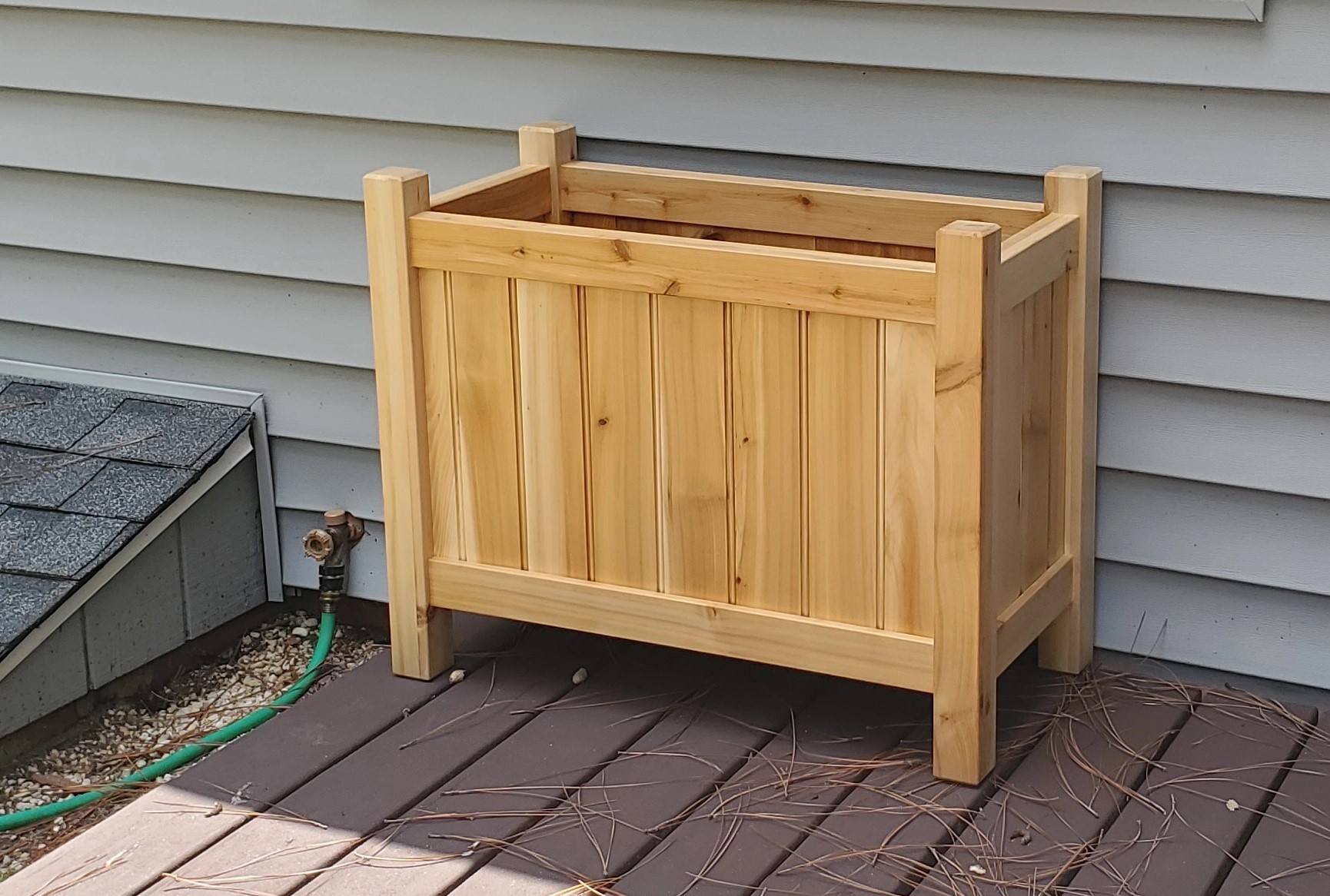A lot of this is personal preference but I will suggest the following strategy. Mount all of your drives into subfolders of /mnt or /media (/mnt is usually used for more permanent storage but either is fine). Then symlink various folders on the system to this mount point. Like maybe you want your home folder downloads on one of these drives so /home/spawnsalot/Downloads is symlinkef to /mnt/drive1/Downloads.
This lets you pick and choose various places across your system that are actually on the additional drives but also the ability to see everything on the drives in one place.
Game installation location completely depends on the game itself. Some might install to /usr/bin, others to /opt, etc. You might have to dig around a little after install, move the folder, then symlink it like nothing ever happened.







The second icon looks like the Kirac vault pass rewards one. You have to open the chest in the vault for that to go away. Not sure about the first one though.